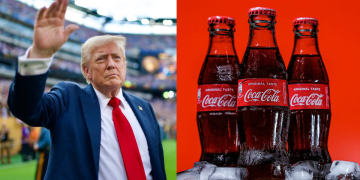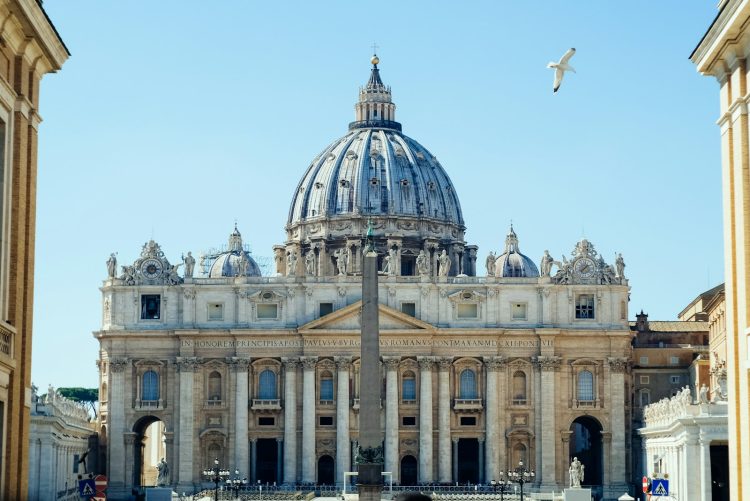After Pope Francis’ death on April 21 at age 88, the world mourned his loss. After nine days of mourning, it was time to choose his successor.
While the Cardinals weren’t able to reach a vote at first, causing black smoke to come out of the Sistine Chapel’s chimney, they eventually came to a decision, leading to white smoke coming out of the building.
Onlookers in St. Peter’s Square were elated
The bells sounded, confirming the choosing of a new pope. This sent people in St. Peter’s Square into waves of joy, and they cheered and applauded.
The new pope will carry on Pope Francis’ duties to lead the Catholic Church, which has up to 1.39 billion followers.
The selection process of the new pope
A group of senior clergy, known as the College of Cardinals, elects the new pope. They gather in a papal conclave, where the senior clergy votes up to four times a day in a secret ballot in the Sistine Chapel.
There are over 240 cardinals globally, they are allowed to vote if under the age of 80.
A candidate must receive two-thirds of the votes
Normally, the number of papal electors is 120, but according to Al Jazeera, there were 138 eligible voters. A candidate must have two-thirds of the votes to become the new pope.
According to The Independent, the process typically takes from 15 to 20 days.
They decided on the second day of the conclave
The 8th of May was the day the conclave elected the 267th pope, Robert Prevost, to lead the Catholic Church.
The Chicago-born Prevost, 69, is the first pope from the United States in the history of the Catholic Church, taking the name Leo XIV.
He spoke to the crowd after winning
“Greetings … to all of you, and in particular, to my beloved diocese of Chiclayo in Peru, where a faithful people have accompanied their bishop, shared their faith,” he said in Spanish and Italian, but not in English.
His first words as pope were “Peace be with you,” said from the loggia of St. Peter’s Basilica.
U.S. President Donald Trump was “surprised”
He expressed how it was “such an honor for our country” for Pope Leo XIV to be American. “What greater honor can there be, we’re a little bit surprised and we’re happy,” he added.
This came after he posted an AI-generated photo of himself as the pope on May 3, which sparked controversy at the time.
















































